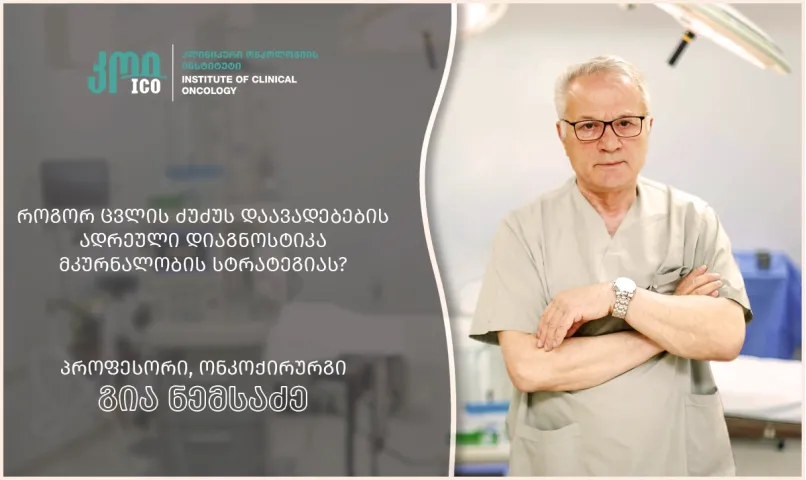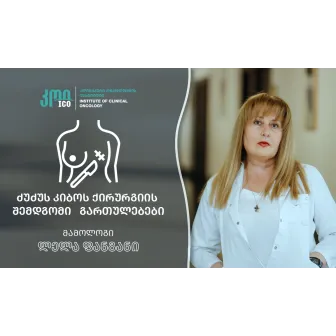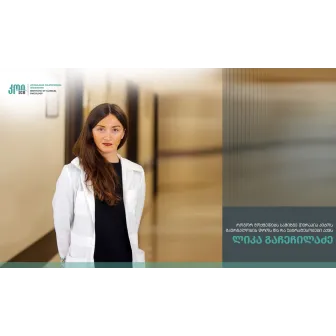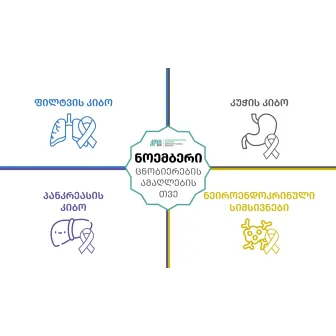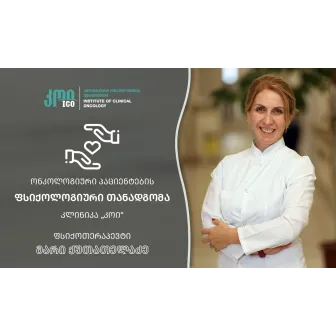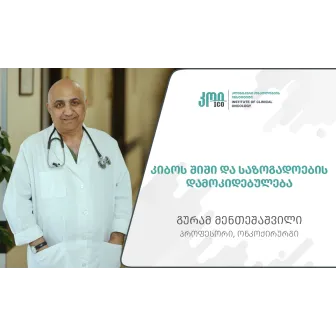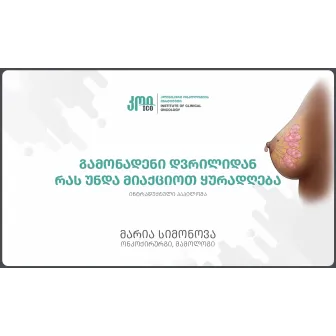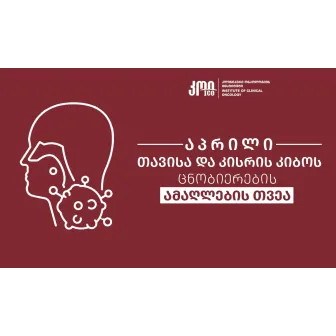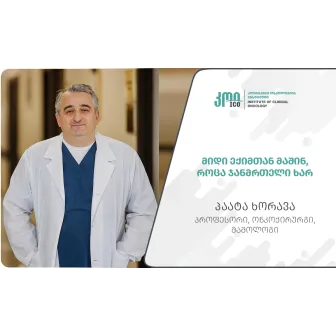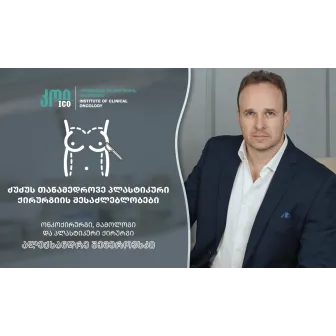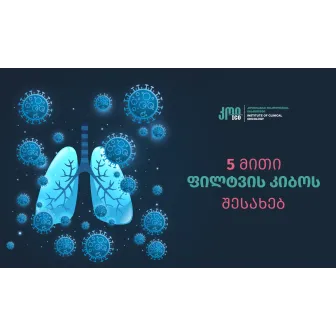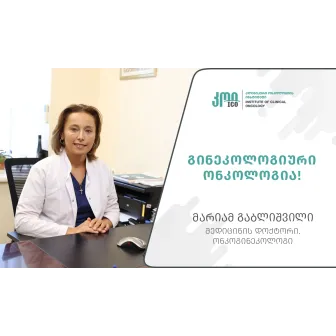Breast pathologies are an important issue of women's health, the timely detection of which determines the treatment outcome. What pathologies occur in the breast, how are they diagnosed, and treated? – Oncologist, mammologist, Professor Gia Nemsadze, the founder of the Institute of Clinical Oncology, talks about this topic.
Breast cancer diseases are divided into two categories: malignant and benign pathologies. Statistically, about 60%-80% of detected lesions are benign.
Among benign changes, the most common inflammatory process is mastitis, which is especially common in the post-lactation period. This condition can often be complicated by the formation of purulent infiltrates, which requires antibiotic therapy and sometimes surgical intervention.
Various forms of mastopathy, including nodular and cystic-fibrous mastopathy, also belong to benign pathologies and are most often found in women of reproductive age. Fibroadenomas - benign tumor formations that are more common at a young age, are especially widespread.
As for malignant pathologies, the most common malignant breast tumor is adenocarcinoma, which develops as a result of degeneration of both the ductal epithelium and the secretory cells of the gland.
According to clinical and epidemiological data, breast cancer is most common in women over 40 years of age, although in recent years the trend has changed, with the disease becoming significantly younger. This is due to many factors - chronic stress, frequent abortions, late childbirth, the harmful effects of the urban environment, and an unhealthy lifestyle.
It is noteworthy that the clinical course of malignant breast tumors can vary dramatically: a small size tumor may be highly aggressive, while a relatively large nodule may have a slow growth rate. This is why early diagnosis is crucially important.
Screening program, operating today in Georgia, ensures early detection of breast cancer, which resulted in a reduction of cases requiring mastectomy, or complete removal of the breast. Tumors detected at an early stage can often be treated with conservative and organ-sparing methods.
Current clinical practice provides an important place for modern drug therapy, which is implemented in our clinic in compliance with international guidelines.
Modern medications, targeted therapies, and individually selected treatment schemes dramatically increase effectiveness. Against this background, timely screening and a comprehensive approach to treatment become especially important.
- Views:6774




